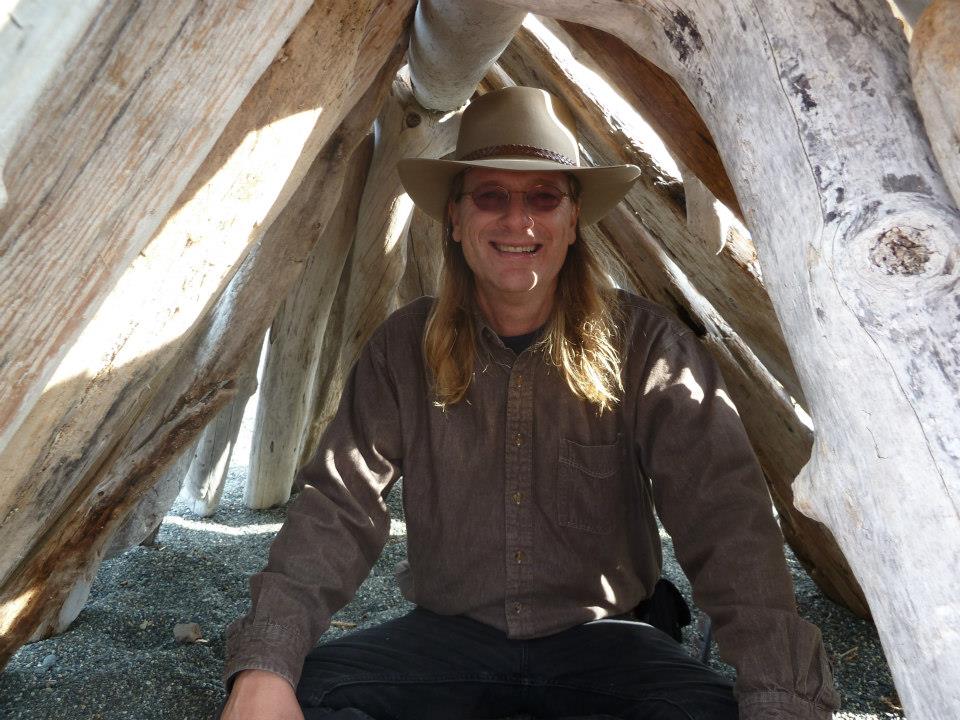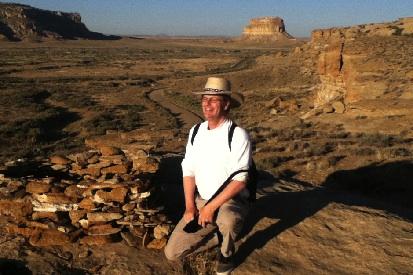Paul Robear – President & Executive Director
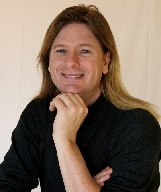 Paul Robear grew up in Maine, among a large extended family. This was an ideal setting; they skated the frozen ponds in winter, water-skied and boated at his family’s summer camp in the woods. He didn’t take to the hunting his other family members enjoyed. He was more interested in spiritual affairs, and by his late teenage years he joined a group researching a cross-cultural study of spirituality. This began a lifelong interest in development and quality of well being — physically, emotionally, psychologically, and spiritually. He became a meditator and vegetarian at age 18, and toured Switzerland, France, and many parts of the US as part of this journey.
Paul Robear grew up in Maine, among a large extended family. This was an ideal setting; they skated the frozen ponds in winter, water-skied and boated at his family’s summer camp in the woods. He didn’t take to the hunting his other family members enjoyed. He was more interested in spiritual affairs, and by his late teenage years he joined a group researching a cross-cultural study of spirituality. This began a lifelong interest in development and quality of well being — physically, emotionally, psychologically, and spiritually. He became a meditator and vegetarian at age 18, and toured Switzerland, France, and many parts of the US as part of this journey.
Paul has developed a life long appreciation of the teachings of indigenous Elders who share ancient wisdom with spiritual insight, providing practical solutions for modern cultures and technologies. Paul worked with Felicitas Goodman, a Western anthropologist, a highly regarded expert in linguistics and anthropology who is best known for her ground breaking research into trance states using Ecstatic Trance Postures. Over the years, Paul continued this study with Dr. Goodman at the Cuyamungue Institute, in Santa Fe, New Mexico.
In the Summer of 2011, Paul joined the board of directors of the Cuyamungue Institute and was elected President a short time later. As President, Paul has overall strategic and operational responsibility for the Cuyamungue Institute programs, facilities, and execution of its mission.
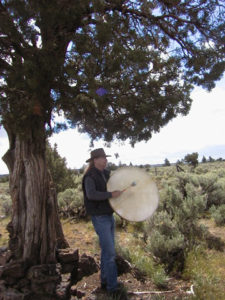 Also In recent years, Paul has begun using art to continue his journey. Inspired by oldest living art traditions, Paul’s art ranges from creations on canvas, clay, found items and drums. Paul has studied with Native American sculptor and painter Barry Coffin. Paul sees art as a means to cross boundaries of culture and language, and to share old and new traditions and to contemplate the mysteries of life.
Also In recent years, Paul has begun using art to continue his journey. Inspired by oldest living art traditions, Paul’s art ranges from creations on canvas, clay, found items and drums. Paul has studied with Native American sculptor and painter Barry Coffin. Paul sees art as a means to cross boundaries of culture and language, and to share old and new traditions and to contemplate the mysteries of life.
Business experience: Paul experience ranges from management, multi-media distribution, sales, marketing, publishing, and with wife, talk show host Laura Lee, Paul developed a media company which includes a talk show devoted to self-discovery and features interviews with leading researchers in the fields of ancients mysteries, holistic health, and consciousness studies. They syndicated the program on radio nationwide and on the web.
Paul also created several companies including a bookstore and mail-order company and publishing company with international distribution that sold over 200 thousand books, videos, and audio books.
Ceremonial Flute: Paul discovered the magic of playing native flutes more than 20 years ago., This has lead to acquiring his own distinctive style whilst retaining the spirit of the tradition. As Paul began playing the native flute, the lure of the ancients proved irresistible. Says Paul “It became immediately clear that this is an instrument one is to use with reverence and with prayerful intent.”
Native Flute history tells the story of courting, prayer and meditation. Flutes were used for different reasons within tribes and cultures. Within the his ritual practice, Paul uses flute as a gateway both to enter the alternative reality and to the return while providing a smooth transition and establishing greater comfort of “Walking between the Worlds.”
A recent discovery sheds light on the incredible role flute playing has had on humankind. The oldest flute, a Neanderthal Bone Flute circa. 50,000 B.C. Found by Dr. Ivan Turk, of the Slovenian Academy of Science, was made from the femur of a cave bear, is the oldest known musical instrument.
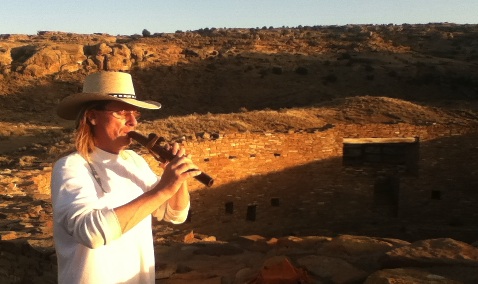
Other mentors and influences: The radio show provided access to many scholars, teachers, and people of medicine. Paul had the gift of directly spending time and/or studying with these amazing people:
Vine Deloria Jr. – one of the best-known American Indian activists of the 20th century. A member of the Standing Rock Sioux reservation, Deloria came from a family of prominent American Indians. Deloria worked in the mid 1960s for the National Congress of American Indians and brought the organization through a very rough time in its history. After becoming a national figure himself with the publication of his book “Custer Died for your Sins: An Indian Manifesto” in 1969, Deloria continued his education with a law degree and expanded his writings to more than two dozen books before his death. His writings are as diverse as his education with topics including politics, theology and law. Deloria culminated his professional life as a professor working at both Arizona State University and the University of Colorado at Boulder. Am amazing strong and fun presence. Since his death, Paul and Laura Lee have attended several “Vine Deloria Symposiums” held yearly at the Northwest Indian College located Located on the Lummi Indian Reservation.
Ipupiara – When Dr. Bernardo Peixoto was born into his mother’s tribe, the Uru-e-wau-wau numbered 2,400. Today 43 members are left. Tribal Elders gave him the Shamanic name “Ipupiara” (Ipu for short) and a long apprenticeship as shaman and healer. They then encouraged Ipu to learn the ways of the developed world. Ipu earned his Ph.D. in Anthropology and Biology and is fluent in English, Spanish, Portuguese and eight indigenous dialects. Ipu is a consultant to the Smithsonian Institute and National Zoo in Washington, D.C. and is skilled in the sacred ceremonies and traditional healing practices of several rainforest cultures.
Angaangaq -“Uncle” Angaangaq is a Kalaallit (Greenlandish) [[Inuit|Inuk]. He has been quoted on the effects of global warming in Greenland. He has represented the Arctic peoples in the United Nations General Assembly, and frequently speaks before governments and universities. Angaangaq was raised in a remote village in Greenland. “ The greatest distance in the existence of man is not from here to there, nor there to here. Nay, the greatest distance in the existence of man is from his mind to his heart. Unless he conquers this distance, he can never learn to soar like an eagle and realize the immensity within.”
Nadyezdeh “Nadia” Duvan of Siberia (Ulchi Shamanism.) Nadia Duvan, last shaman of the Ulchi people of Siberia. The Shamanic traditions of the Ulchi people date back to ancient neolithic times from the Amur River Region of Southeastern Siberia. Brought to the U.S. by Jan Van Ysslestyne – Ms. Van Ysslestyne is the only native speaker of the Ulchi language and has been hosting visits from the last remaining shamans since 1994 and is dedicated in preserving the teachings and culture of these unique peoples. Misha’s traditional Ulchi culture was based largely on hunting. These Siberians lived close to nature, their survival depending upon their knowledge of, and relationship with, all of its aspects. Their personal stories are full of the details of nature. They involve bears, tigers, the forest, the sea, seal hunting, fishing, snowstorms, dog sleds, cold winds, and frigid temperatures.
TWITTER: http://twitter.com/paulrobear
FACEBOOK: http://www.facebook.com/paul.robear.1

